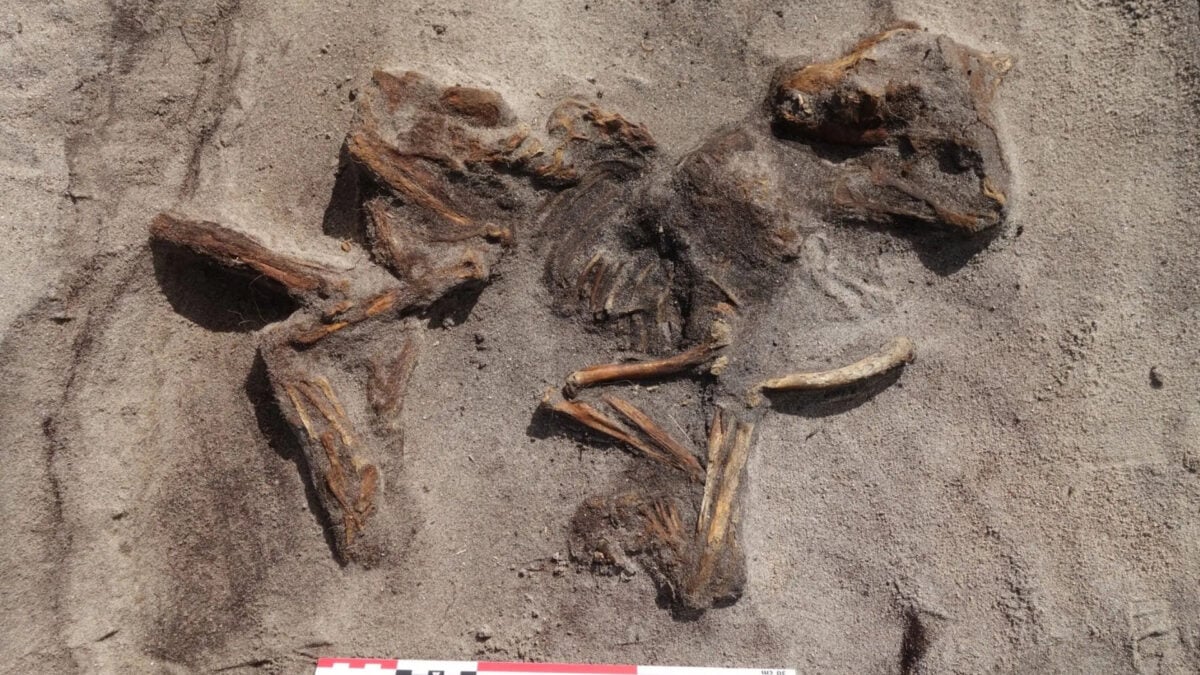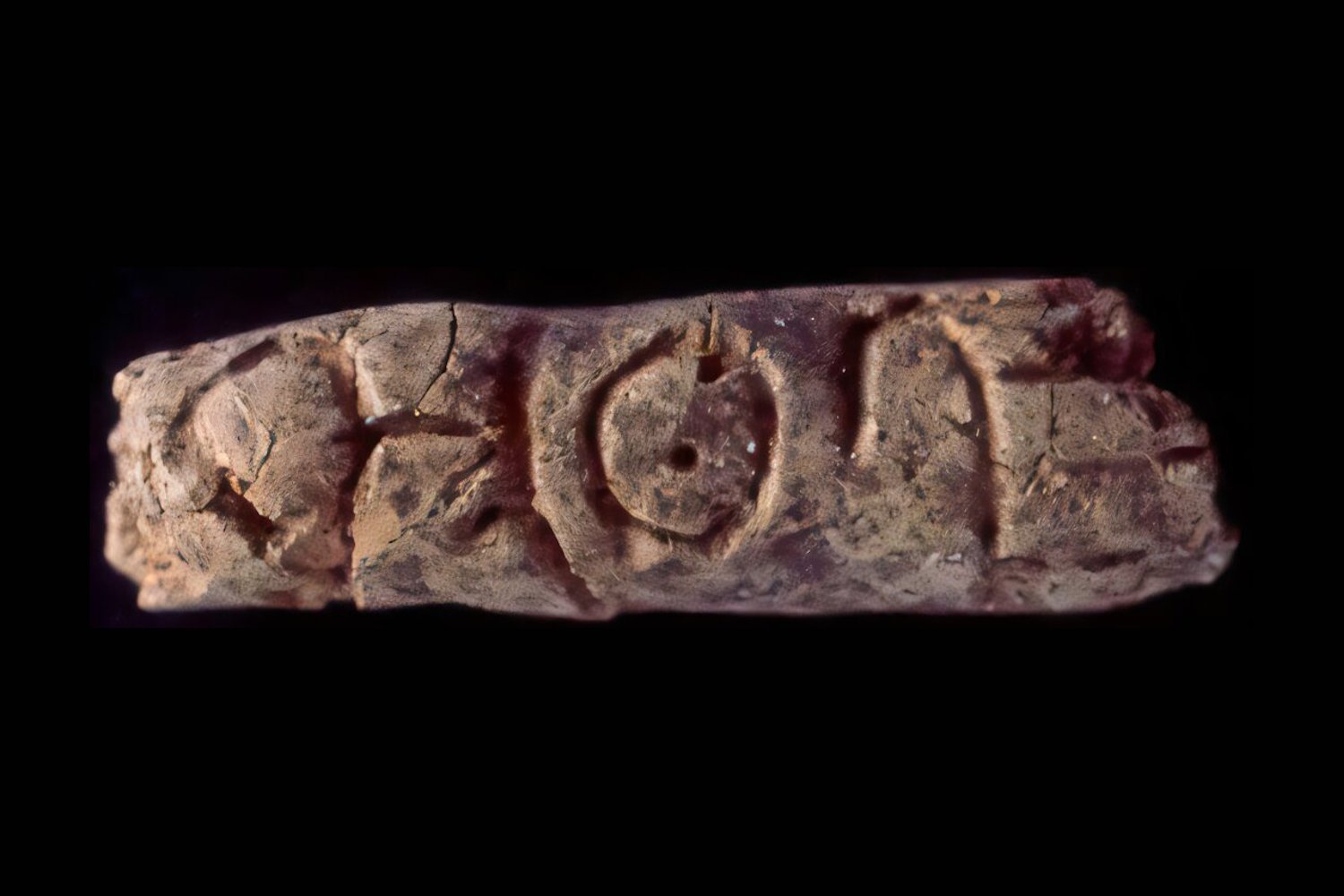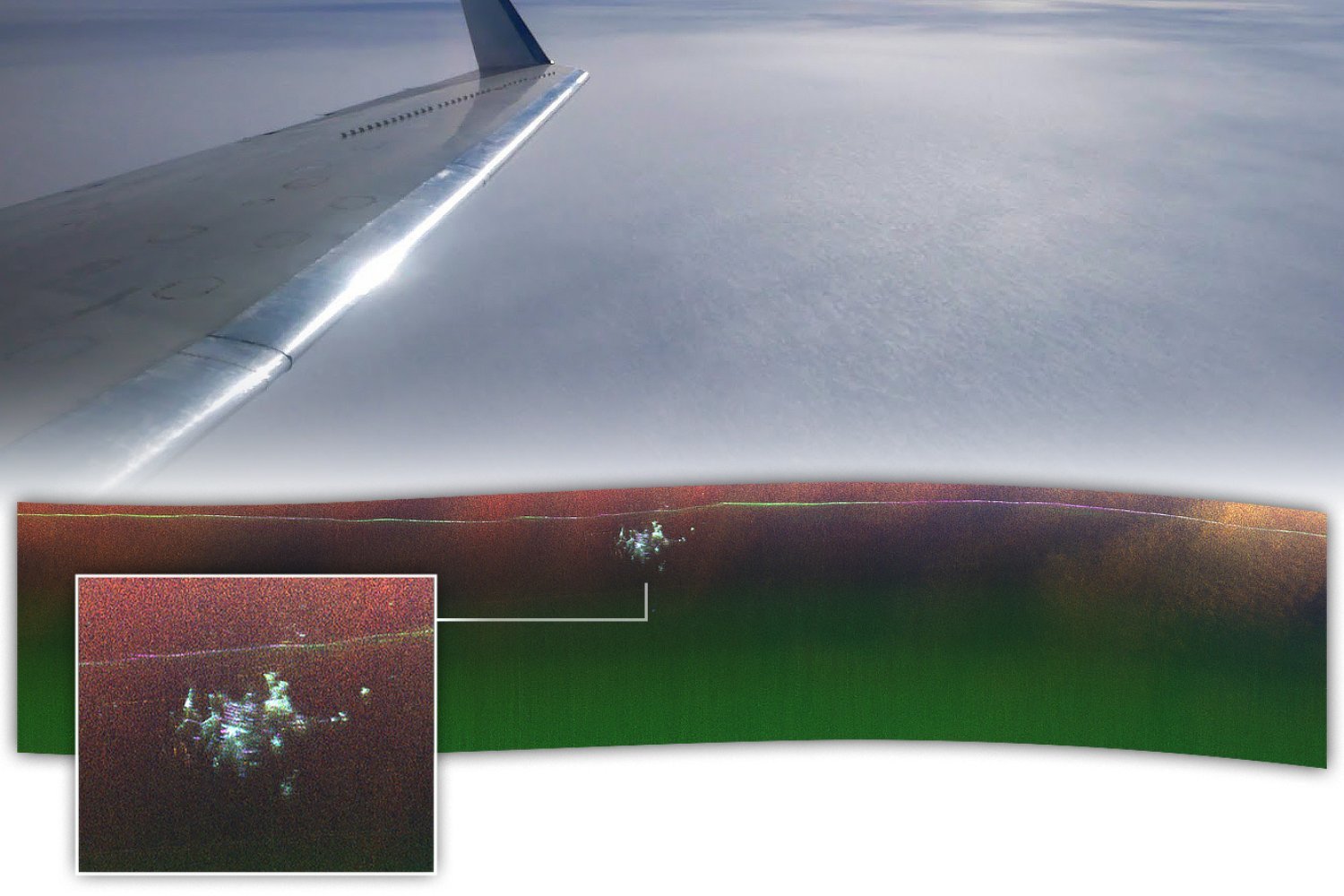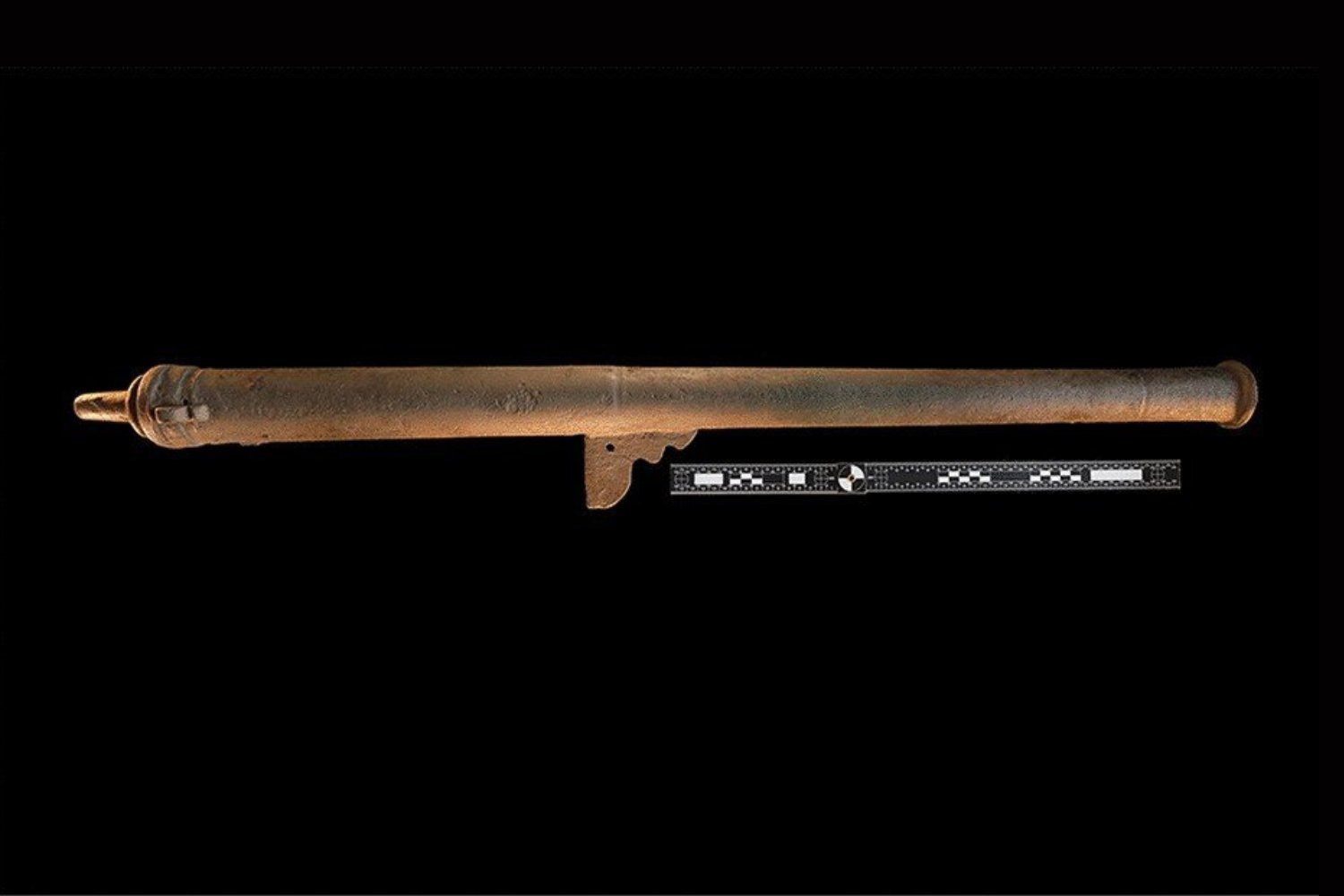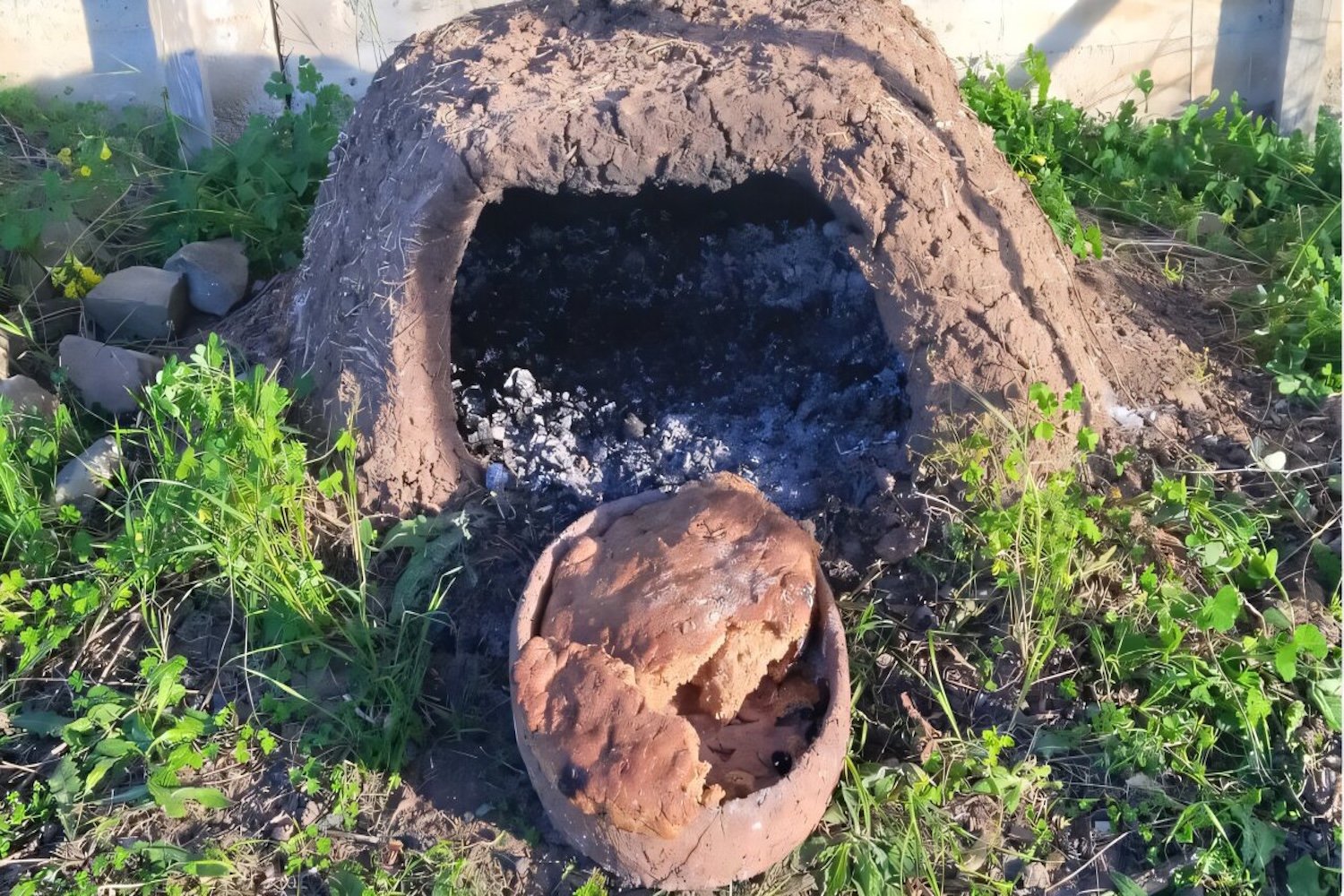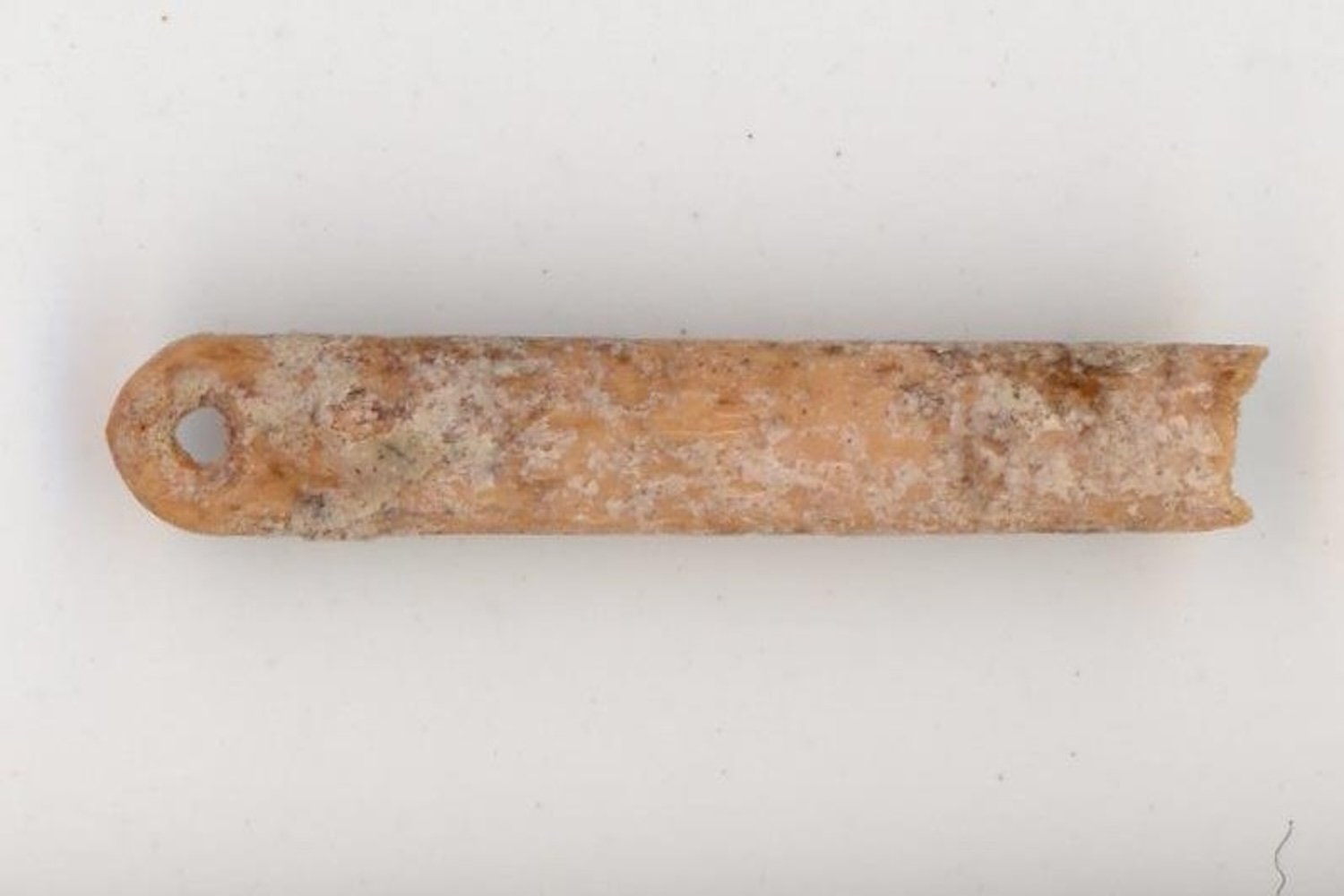More than three centuries after the British sank a Spanish galleon off Colombia in 1708, its precious cargo of gold coins may have finally helped scientists identify the legendary wreck. The discovery of these coins provides compelling evidence that an 18th-century shipwreck, located by the Colombian government in 2015, is indeed the long-lost San José Galleon shipwreck.
The Legendary San José and Its Ill-Fated Voyage
The San José Galleon was a critical vessel, commanding the Tierra Firme Fleet, which held an exclusive monopoly on transporting royal treasures between South America and the Iberian Peninsula. According to Daniela Vargas Ariza, lead author of a study published in Antiquity and an archaeologist with the Almirante Padilla Naval Cadet School and the Colombian Institute of Anthropology and History, this fleet was paramount for the Hispanic Monarchy. Historical sources indicate that in 1708, the cargo-laden San José Galleon met its demise at the hands of the British in Colombian waters, sinking with its immense treasure.
Unveiling the Wreck: A Modern Archaeological Feat
A team of researchers and naval officers utilized an uncrewed remotely operated underwater vehicle (ROV) to meticulously study the shipwreck. This advanced underwater archaeology technique allowed for a detailed survey, capturing high-resolution images of artifacts, including numerous coins scattered across the seafloor. Vargas Ariza and her colleagues then used these images to reconstruct a 3D model of the coins, enabling a closer examination of their surfaces and markings.
Gold “Cobs”: The Keys to Identification
The investigation revealed that the recovered coins, described as “hand-struck, irregularly shaped coins” known as cobs, were minted in Lima, Peru, in 1707. This minting date is a crucial piece of evidence, indicating the ship must have sunk after that year. These cobs were the primary currency in the Americas for over two centuries.
The coins bear symbols associated with the crowns of Castile and Leon, further establishing the vessel’s Spanish origin. The reverse side features iconography related to Hercules and the Lima Mint. Crucially, historical records link these specific coins to a 1707 treasure delivery from Peru—the very voyage during which the San José Galleon was tragically sunk, as detailed in a statement.
Coins as Crucial Chronological Markers in Marine Archaeology
“Coins are crucial artefacts for dating and understanding material culture, particularly in shipwreck contexts,” the researchers stated in their study. They emphasized that sites like the San José Galleon shipwreck “serve as invaluable repositories of historical information, especially when examining events related to the Tierra Firme Fleet.” The detailed analysis of these numismatic artifacts has been pivotal in this case.
The collective evidence, heavily reliant on the gold coins, strongly substantiates the identification of the wreck as the San José Galleon. This supports the initial hypothesis proposed when the shipwreck was first discovered in 2015. The study underscores how coins, much like layers of pottery in terrestrial archaeological digs, act as reliable chronological markers, reflecting a specific moment and culture frozen in time beneath the waves.
This remarkable discovery not only sheds light on a significant historical event but also highlights the vital role of numismatic evidence in marine archaeology, offering a tangible link to the rich maritime past of the Spanish Empire.





